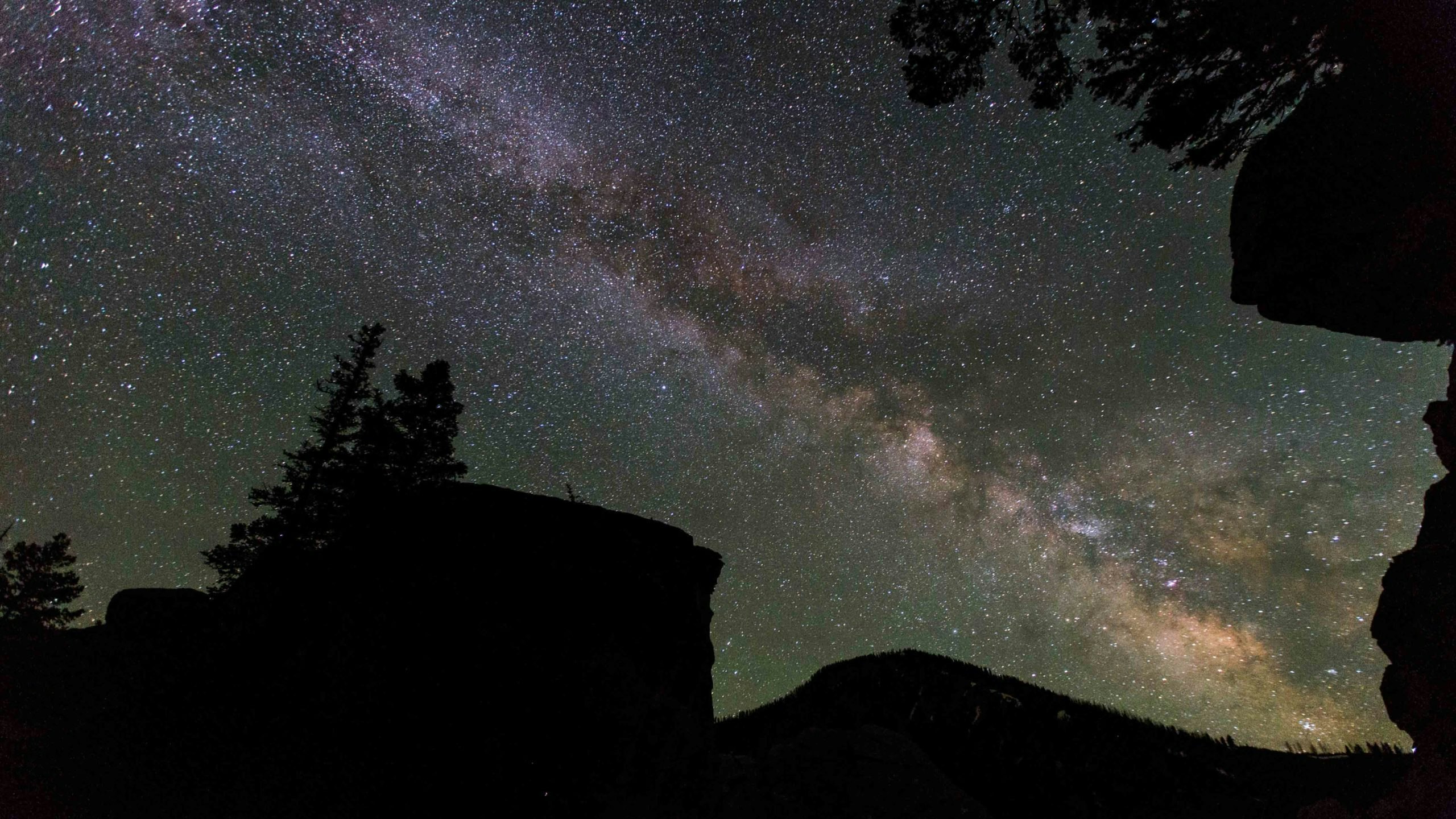On a hill overlooking Mammoth Hot Springs, you may be able to see a faint light that shines at night. The light isn’t always visible, but both employees and visitors have reported seeing it even on moonless and overcast nights.
On July 21, 1891 a despondent Ed Wilson made the long climb to the top of the rise and contemplated how he came to this place.
Ed arrived in Yellowstone about 1885, at the age of 34. Ed was hired as a “Mountaineer Assistant” by the Park Superintendent. A very experienced trapper and hunter, Ed was primarily tasked with finding and arresting wildlife poachers within the park, which flourished during this time period.
Not a particularly likable man, Ed had a large frame and foreboding appearance. He preferred to spend time alone, was superstitious, and believed in the unseen; traits not very becoming during this era. Ed was comfortable alone in the dangerous mountains hunting armed poachers in the dark while avoiding predatory wolves and bears.
Ed’s popularity also suffered because of his repeated arrests of soldiers stationed in the park. Poaching was common among soldiers tempted by the large amounts of wildlife that had been previously inaccessible. A close eye was kept on the soldiers, something they did not appreciate.
Mary Rosetta Henderson was a mere girl of 16 years when Ed Wilson first arrived in Yellowstone, less than half his age. The youngest daughter of hotelier George L. Henderson, who owned and operated the Cottage Hotel in Mammoth Hot Springs, Mary was described as a lovely girl who matured into a beautiful young woman.
Living and working around Mammoth Hot Springs, and having meaningful interactions with Mary’s father George, Ed had developed a deep love for Mary as she matured into a woman.
However, Mary was smitten with another man who lived and worked in the park, Henry Klamer. Henry was a popular and successful business man with connections in Livingston, Helena, and Great Falls, Montana. Henry was a livestock buyer and provided cattle and sheep to Yellowstone so residents and tourists had fresh sources of beef and mutton. Henry was well-traveled and frequently made trips around the United States.
During the summer of 1891, Mary, now a woman of 20, repeatedly rebuffed Ed’s attempts to court her. She was not interested in the mountain man. Not only was Ed rough and imposing, he was almost twice her age. To Ed’s dismay, Mary’s heart was already set on the much more worldly and refined Henry.
Now, in the heat of a late July evening in 1891, Ed Wilson sat atop a tall rise overlooking Mammoth Hot Springs. He spun the glass bottle of liquid morphine around with his calloused fingers while looking down on the small bustling frontier city. His eyes darted between the roof of the Cottage Hotel run by Mary’s father, and the street where Henry resided. His heart ached for a young woman who did not want him, but he also believed he could not live without.
Ed opened the bottle of liquid morphine and swallowed all of its contents.
A massive search party was arranged once it was realized that Ed Wilson was missing. The party consisted of citizens and soldiers, the same soldiers who resented Ed’s presence and meddling in their poaching. Perhaps those soldiers weren’t as diligent in their search as one would expect of a missing park employee, but Ed’s skeletal remains weren’t found until a year later on that hill above the city, along with the empty morphine bottle.
Mary went on to wed the more refined Henry Klamer on March 28, 1892. They moved to California shortly thereafter and would spend summers in Yellowstone National Park while tending to their businesses, which included Klamer’s Curio Store, now the Lower Hamilton Store at Old Faithful.
If you find yourself in Mammoth Hot Springs after dark, look all around the horizon at the hills. You may be able to spot the light of Ed Wilson’s unrequited love for Mary Henderson, a love that endures still today.





